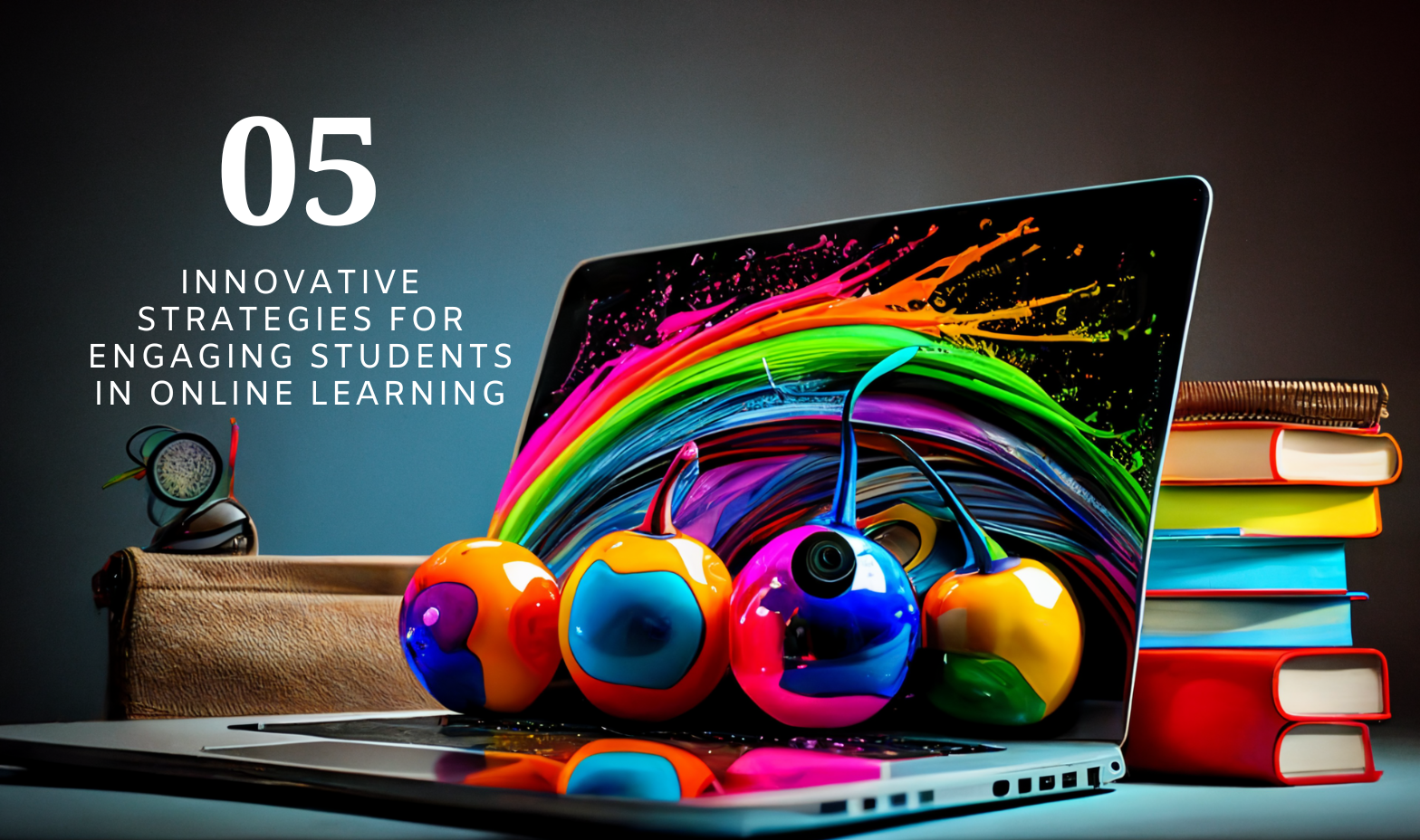With the sudden shift to online learning due to the COVID-19 pandemic, many educators have been struggling to keep their students engaged in the virtual classroom. Without the face-to-face interaction and hands-on activities that come with traditional teaching methods, it can be challenging to keep students motivated and interested in their coursework.
Fortunately, there are some innovative strategies that teachers can use to make online learning more interactive and enjoyable for their students. Here are five strategies that you can use to engage your students in online learning:
Use Gamification
Gamification is the process of using game elements to make learning more fun and engaging. By incorporating elements of game design, such as points, badges, and leaderboards, teachers can make learning feel like a game and motivate students to participate more actively in their coursework.
One way to incorporate gamification into online learning is to use educational apps and software that include game elements. Platforms like Kahoot! and Quizlet allow teachers to create interactive quizzes and games that students can play on their own or in teams. Teachers can also create their own games using tools like Jeopardy Labs or Quizizz.
Incorporate Multimedia
One of the benefits of online learning is the ability to incorporate multimedia into your teaching. By using videos, images, and interactive simulations, teachers can provide a more dynamic learning experience that can help students better understand complex concepts.
For example, teachers can use videos from sources like TED-Ed or Khan Academy to introduce new topics and provide context for learning. They can also use interactive simulations, such as PhET Interactive Simulations, to help students visualize scientific concepts and see how they work in practice.
Encourage Collaboration
Collaboration is a critical aspect of learning, and it's especially important in online learning environments. By encouraging students to work together on assignments and projects, teachers can foster a sense of community and help students feel more engaged with their coursework.
One way to encourage collaboration is to use group discussion forums or chat rooms where students can ask questions, share ideas, and work together on assignments. Teachers can also use collaborative tools like Google Docs or Padlet to allow students to work together on projects in real-time.
Provide Personalized Feedback
Feedback is essential for learning, and personalized feedback is even more effective. By providing students with individualized feedback on their coursework, teachers can help them identify areas where they need to improve and encourage them to continue making progress.
One way to provide personalized feedback is to use digital tools like Turnitin or Grammarly to provide feedback on written assignments. These tools can help students identify areas where they need to improve their writing and provide suggestions for how to do so. Teachers can also use audio or video feedback to provide more personalized feedback on assignments.
Use Virtual Field Trips
Virtual field trips are an excellent way to provide students with a more immersive learning experience. By taking students on virtual tours of museums, historical sites, or other locations relevant to their coursework, teachers can help them better understand the material they're learning.
There are many resources available for virtual field trips, including Google Expeditions and Virtual Field Trips. Teachers can also create their own virtual tours using tools like ThingLink or Roundme.
Conclusion
Online learning can be challenging, but by using innovative strategies to engage students, teachers can create a more dynamic and interactive learning experience. By incorporating gamification, multimedia, collaboration, personalized feedback, and virtual field trips into their teaching, educators can help students stay motivated and engaged in their coursework, even in a virtual classroom.



